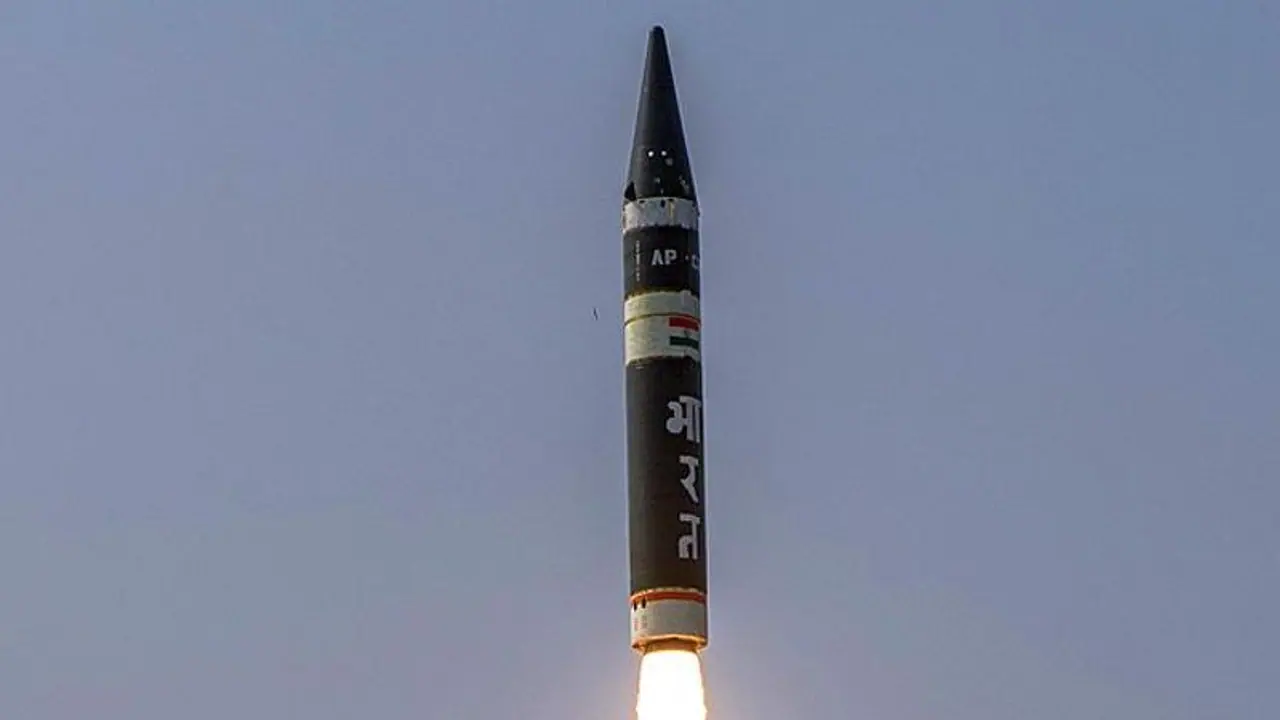As of January 2023, the global inventory of nuclear warheads amounted to approximately 12,512. Among these, around 9,576 warheads were held in military stockpiles for potential use, the SIPRI said in its yearbook.
Amid ongoing conflict between Russia and Ukraine, nine nuclear-armed states, including the United States, Russia, the United Kingdom, France, China, India, Pakistan, North Korea and Israel are continuing to modernise their operational nuclear weapons, the think tank SIPRI revealed in its latest report.

The Stockholm International Peace Research Institute (SIPRI), in its Yearbook, highlighted China's nuclear arsenal has increased to 410 warheads in January this year from 350 in January 2022. It is expected to grow further. The report also suggested that China could potentially possess as many intercontinental ballistic missiles (ICBMs) as the US or Russia by the end of the decade, depending on its force structure.
Indian Navy's power projection in Arabian Sea with 2 aircraft carriers, 35 fighters (WATCH)
"China has started a significant expansion of its nuclear arsenal," says Hans M. Kristensen, Associate Senior Fellow with SIPRI’s Weapons of Mass Destruction Programme and Director of the Nuclear Information Project at the Federation of American Scientists (FAS).
"It is increasingly difficult to square this trend with China’s declared aim of having only the minimum nuclear forces needed to maintain its national security," he said.
India, Pakistan and North Korea have also upped their stockpiles. India’s nuclear arsenal has increased by four warheads to 164 in the same period while Pakistan’s has increased by five to a total of 175.
"While Pakistan remains the main focus of India’s nuclear deterrent, India appears to be placing growing emphasis on longer-range weapons, including those capable of reaching targets across China," said the report.
The report further stated that out of the estimated global inventory of 12,512 warheads in January 2023, around 9,576 were in military stockpiles for potential use. Of these, approximately 3,844 warheads were deployed with missiles and aircraft, and around 2,000, mostly belonging to Russia and the US, were kept in a state of high operational alert.
Russia and the US possess almost 90 per cent of all nuclear weapons, and their respective nuclear arsenals remained relatively stable in 2022. However, transparency concerning nuclear forces decreased in both countries following Russia's invasion of Ukraine in February 2022.
The report also highlighted that nuclear arms control and disarmament diplomacy suffered setbacks as a result of the invasion.
India’s Nuclear Triad
A nuclear triad is a three-layered military force structure that consists of nuclear bombs and missiles to be launched from land, water and air. The land-based intercontinental ballistic missiles (ICBMs), submarine-launched ballistic missiles (SLBMs), and strategic bombers are the components of the triad.
The objective is to deter the enemy from initiating a first-strike attack as the reactionary second strike, would lead to unbearable damage and cost to the adversary. It should be mentioned that India has been working towards maintaining its credible minimum deterrence. Last week, DRDO successfully conducted the flight testing of its new generation ballistic missile, ‘Agni Prime’.
Last year, India conducted a successful user training launch of the Submarine Launched Ballistic Missile (SLBM) INS Arihant. INS Arihant is an indigenous SSBN (subsurface ballistic nuclear) submarine. INS Arihant was inducted in August 2016. The second in the class, INS Arighat, was launched in November 2021
The Indian Army and the Indian Air Force had acquired the capabilities to execute nuclear attacks much earlier.
IAF, Army simulate combat situations in central sector (WATCH)
